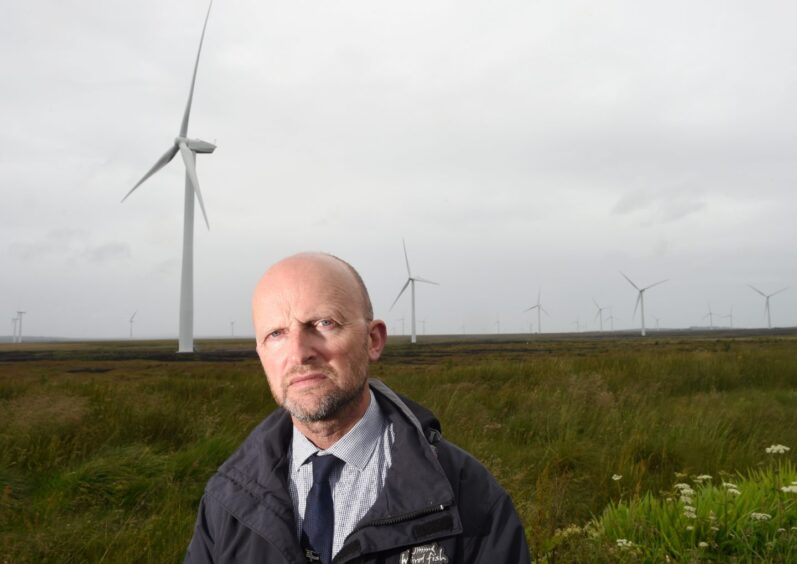This summer, The Flow Country of Caithness and Sutherland landed the rare honour of being crowned a “world heritage site”.
That means the 469,500-acre bog system has been deemed a place of “outstanding cultural, historical, or scientific significance”.
But just months later, Highland Council has sealed proposals that already have some campaigners worried about its future.
The local authority has approved a new battery storage system next to a section of the Flow Country site.
The new development will see concrete poured over peatland a stone’s throw from the boundary of the newly-protected area.
It comes as the council recently announced further spending on restoration projects for it.
How close is the latest battery storage site to Flow Country?
The site in question is near Mybster and north of the Halsary windfarm, a 20-minute drive west of Wick.
It would be 725m east of Mybster substation.
Battery energy storage systems (BESS) are a new development in the field of renewables which allows excess energy to be stored for short periods.
Directly south of the site is bog that is under restoration, and further south is the boundary of the site recently handed the Unesco recognition.
The area has been earmarked as a potential point of expansion for Unesco, who are looking to grow the site as more bog is restored.
Why is the site vulnerable?
Critics of the energy proposal have pointed out the fire risk and environmental concerns posed by the battery technology.
The proposal was initially delayed in April because of the potential risk to the local area.
Kathrin Haltiner, who lives in Caithness runs the Highland Renewables Database, and objected to the project.
She said: “If the peat was left alone or restored it would really do something for the environment.
“Whereas adding all that concrete, it’s questionable whether that can even be called sustainable in the end.”
She is also worried about the fire risk posed by the battery systems.
“Everything around it is dried out peat so the chances of it spreading is really considerable.
“All the peat is connected… so the fire would be in the World Heritage Site in no time.”
Amended proposals ‘progress that has come at a price’
Councillor Matthew Reiss raised his concerns in the meeting but lost the vote to defer the project.
He said he felt “a stab of disappointment” as other councillors did not share his environmental concerns the site raises.
“It’s progress that has come a price. We should be very careful.”
Councillors are facing an increase in the number of renewable-based planning applications and have warned there is a lack of guidance to support their decision making.
Highland Council’s conflicting actions ‘strange’
Despite approving the new battery storage site, funding was recently announced supporting peatland restoration projects across the Highlands.
The money going towards the restoration projects has not been revealed but council documents say typical loans can be up to £200,000.
Kathrin Haltiner said: “It’s quite a strange situation.
“[Highland Council] push for regeneration and protection of the peatland and on the other hand they push for more and more renewable developments.”
Papers sent to the council by developers outlined the measures they would take to reduce any chance of fires.
They say: “Currently foreseeable hazards associated with the equipment have been identified. These hazards are actively managed.”
A Highland Council spokesperson said: “All relevant material planning considerations were taken into account during the assessment of the proposal.
“The site lies outwith the UNESCO World Heritage Site and any connectivity / pathway has been assessed and addressed by way of suspensive planning condition requirements.”
Highland Opportunity (Investments) have been contacted for comment.
Read more Highland Council stories:






Conversation